Gyorae Natural Recreation Forest (교래자연휴양림)
2025-09-16
2023, Namjo-ro, Jocheon-eup, Jeju-si, Jeju-do
Gyorae Natural Recreation Forest, located in Jeju’s Gotjawal region, is a forest park divided into four zones. The recreation zone features forest thatched cottages and an outdoor performance venue. The camping zone includes campgrounds, an outdoor stage, and a futsal field. The ecological experience zone offers opportunities to observe the Gotjawal ecosystem. The forest bathing zone has a 3.5-km Oreum trail leading to Keunjigeuri Oreum. The forest is recognized as healing and relaxation space for people to unwind and find relief from the stresses of daily life.
Gochang Wellparkcity (고창웰파크시티)
2025-10-23
173, Seokjeong 2-ro, Gochang-eup, Gochang-gun, Jeonbuk-do
Gochang Wellparkcity, located in Gochang-eup, Gochang-gun, is Korea’s largest integrated healing complex, spanning 1,501,011.3㎡. It offers a wide range of facilities, including Healing County, Seokjeong Hue Spa, dining, massage, and medical services. Visitors can enjoy both tourism and leisure at this family-friendly resort. It is also a representative leisure and recreation facility where guests can take part in immunity-strengthening programs while staying in clay and cypress wood pensions. Seokjeong Hue Spa uses hot spring water containing germanium for therapeutic baths. The lockers, dining areas, and convenience amenities can accommodate up to 2,000 users simultaneously. Other facilities include Seokjeong Wellpark Hospital for health and recuperation after retirement; Gochang Tower, a silvertown for systematic health management and retirement preparation; and the family-oriented Seokjeong Hill Country Club for golf.
Hadong Tea Cultural Center (하동야생차문화센터)
2025-10-23
571-25, Ssanggye-ro, Hwagae-myeon, Hadong-gun, Gyeongsangnam-do
The Experience Hall of the Hadong Tea Museum is located in Unsu-ri, Hwagae-myeon, Hadong-gun, Gyeongsangnam-do. This annex of the museum is dedicated to hands-on programs. Main programs include a tea ceremony, a tea snack session (three-colored, sesame, and bean varieties), green tea seed accessory making, tea-leaf dyeing, make-your-own matcha class, tea-leaf picking, tea roasting, and a Doncha (compressed tea) experience.
Trivium (트리비움)
2025-09-16
175-4, Dongcheon 2-gil, Jinwi-myeon, Pyeongtaek-si, Gyeonggi-do
Trivium is a special retreat nestled in the quiet village of Dongcheon-ri, Jinwi-myeon, Pyeongtaek-si, Gyeonggi-do. Founded by a landscape architect and his wife, an aromatherapist, Trivium was envisioned as a place where visitors could set aside the weight of daily life and find true rest. The name trivium is a Latin word meaning “the three paths of learning,” symbolizing grammar, logic, and rhetoric, which compose the foundation of classical scholarship. Beyond its beautiful scenery, Trivium aspires to be an academic and philosophical space where everyone can explore the self and find inspiration. As Zhuangzi once said, “People see their reflection not in flowing water, but in still water." In this spirit, Trivium offers a unique experience of encountering oneself and the world in tranquility. More than just a building, it is a harmonious and serene sanctuary and a place of learning where people and nature breathe together.
Jeongnimsa Temple Site & Sabi-gil (정림사지와 사비길)
2025-08-18
83 Jeongnim-ro, Buyeo-eup, Buyeo-gun, Chungcheongnam-do
Jeongnimsa Temple Site, located in the city center of Baekje, the capital during the Sabi dynasty, is a representative Buddhist site of Baekje. Even after the fall of Baekje, the Five-story Stone Pagoda of Jeonnimsa Temple Site still stands tall today, revealing the historical significance of Baekje. Sabi-gil, an eco-friendly walking trail, takes visitors around many popular attractions from the Baekje era, allowing a glimpse into the history and culture of Baekje.
Osiria Coastal Walk (오시리아 해안산책로)
2025-08-18
Sirang-ri, Gijang-eup, Gijang-gun, Busan
Osiria Coastal Walk offers stunning panoramic views of the sea and plenty of resting stops along the way, making it a family-friendly path. The picturesque walking path, adorned with wildflowers, leads into a lush pine forest. The cool breeze of the sea, accompanied by the melodious sounds of waves and the shade of pine trees, makes it a perfect place to unwind. Along the way, there is a shrine dedicated to the Dragon King, which is believed to be guarding the East Sea of Busan.
Haewol Observatory (해월전망대)
2025-08-06
Jung-dong, Haeundae-gu, Busan
Located in Haeundae-gu, Busan, Haewol Observatory offers stunning views of the East Sea and Haeundae Beach, especially at sunrise and sunset, attracting many visitors. Opened on July 27, 2024, the observatory stands 22 meters above sea level and extends 134 meters towards the ocean. It features a crescent-shaped tower and a circular plaza overlooking the ocean. Its proximity to Haeundae Beach makes it easily accessible.
Dongnidan-gil Cafe Street (동리단길 카페거리)
2025-08-06
Dongmyeong-dong, Dong-gu, Gwangju
Dongridan-gil Cafe Street, once an affluent neighborhood filled with opulent homes and traditional hanok houses, is now a popular attraction in Gwangju. The street is lined with various cafes, each boasting its own unique menu and interior, perfect for those seeking unique menus and picture-worthy spots. Surrounding the Cafe Street, there are many parks, wall murals, and art installations, making it an ideal place for a leisurely stroll or a relaxing break.
SMB Wellness (에스엠비 웰니스 센터)
2025-10-23
34, Hangnideungdae-ro, Ilgwang-eup, Gijang-gun, Busan
Nestled in a quiet seaside village in Gijang-gun, Busan, SMB Wellness is a place dedicated to restoring balance between the soul, mind, and body. True to its name, the center pursues holistic recovery, offering a chance to step away from the rush of daily life and regain your inner self. SMB Wellness is a restorative space for those seeking true renewal, beyond temporary healing. Take time to fully focus on yourself and breathe new life into your weary body, mind, and soul.
Yackseokwon (약석원)
2025-10-23
56-53, Jungang-ro 787beon-gil, Yangdo-myeon, Ganghwa-gun, Incheon
Ganghwa Sajabalssuk, a type of mugwort native to Ganghwado Island, is known for its rich aroma and high vitamin A content. Yackseokwon offers immunity-strengthening programs using this special herb believed to help prevent chronic illnesses. “Raise Your Body Temperature by 1°C Project” is a signature course, which involves yoni steaming (mugwort steam sitting bath) and thermal moxibustion to gradually warm the body. Just an increase of 1 degree in body temperature is said to boost immune function, increase basal metabolism, and improve blood circulation. The program is offered by reservation only and accommodates up to 25 people per session. The 100-minute experience begins with 40 minutes of yoni steaming, followed by 30 minutes of abdominal heat therapy and 30 minutes of lower back heat therapy. Participants are also served a rich herbal tea brewed with Ganghwa Sajabalssuk.
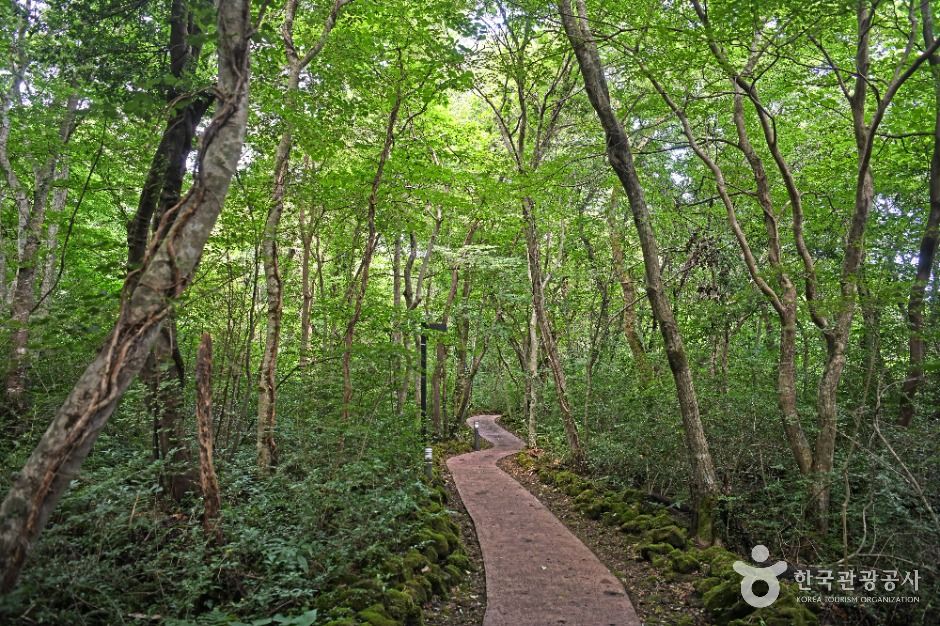
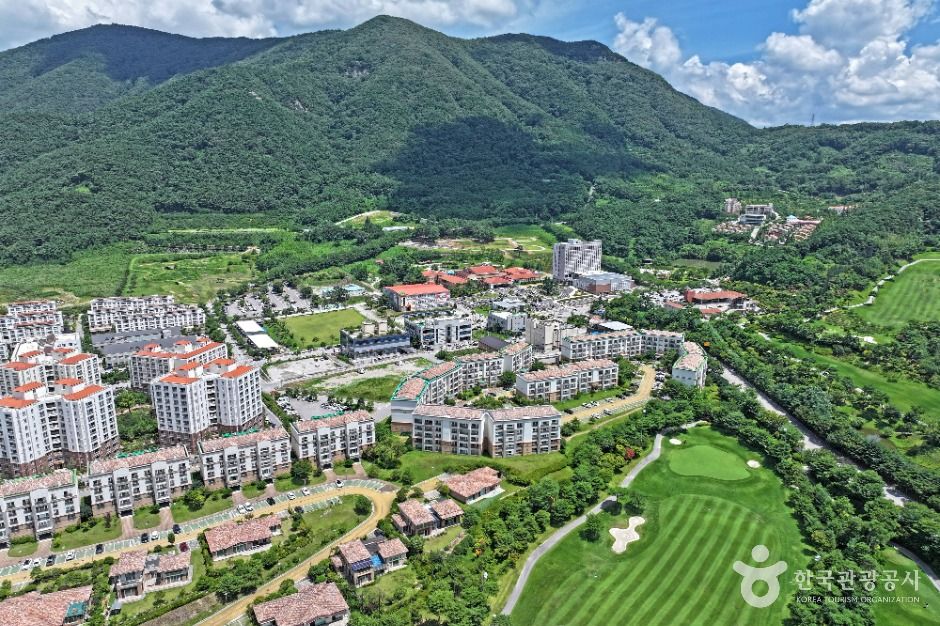
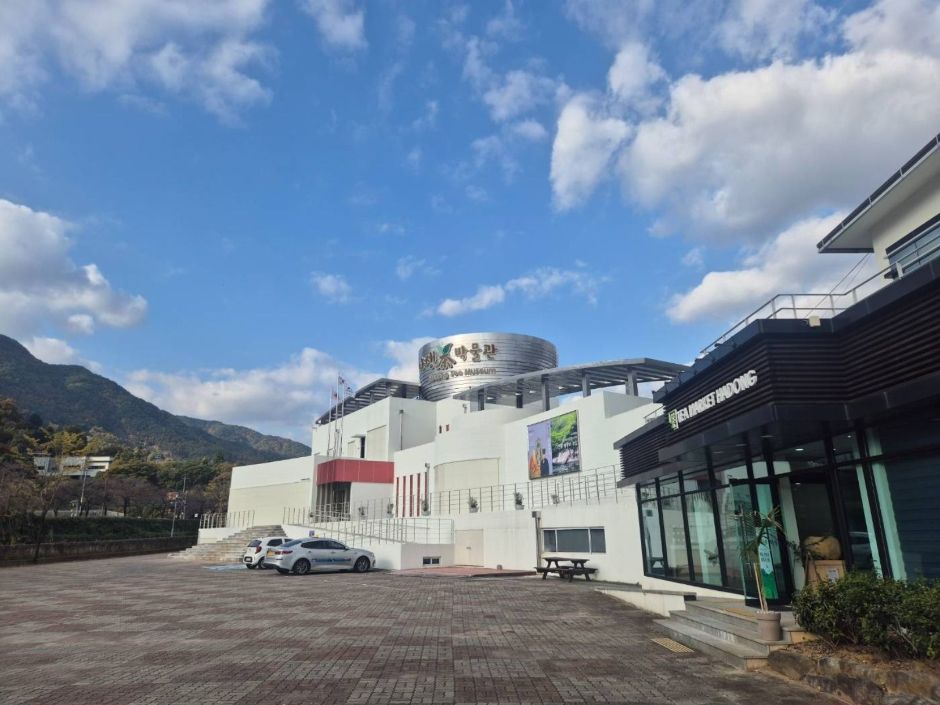
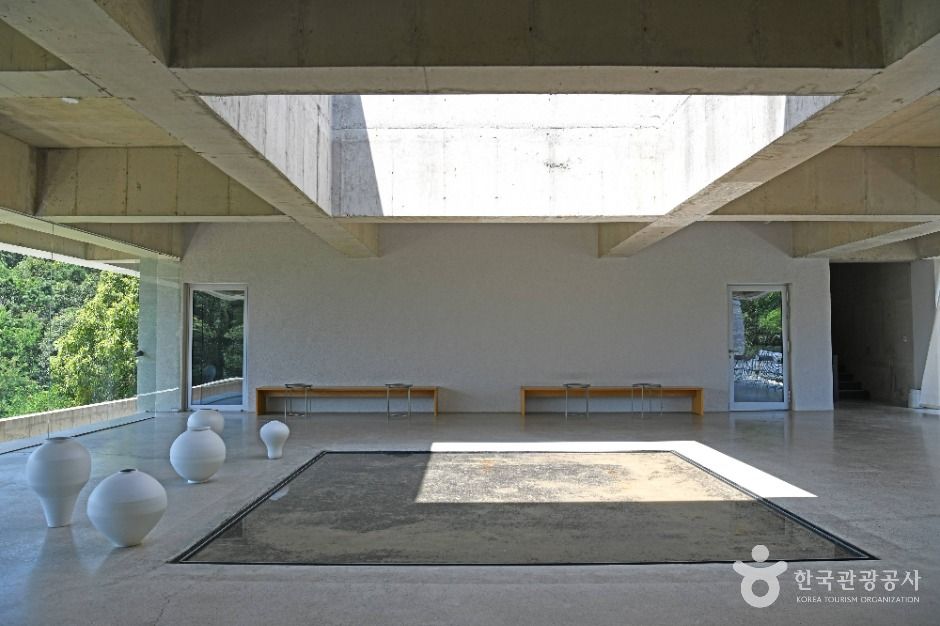
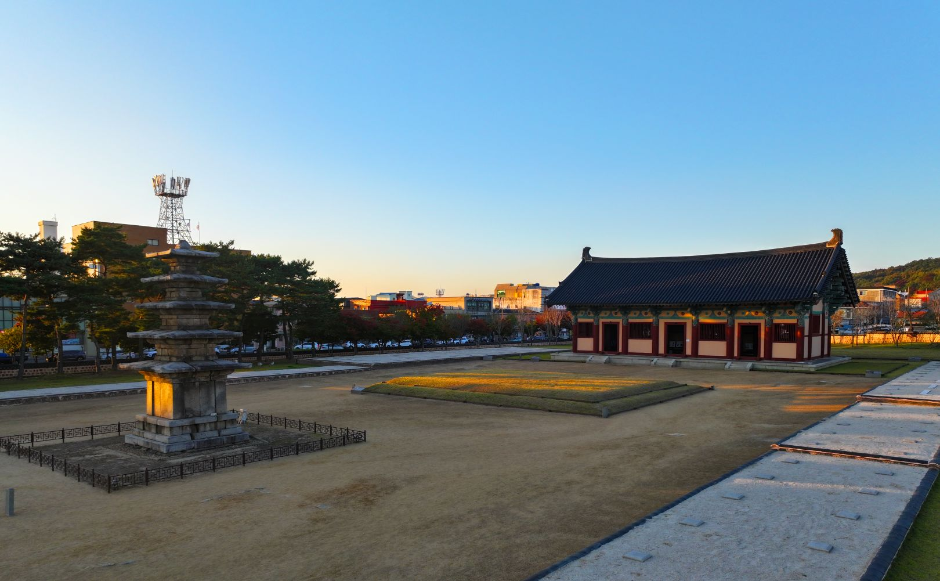
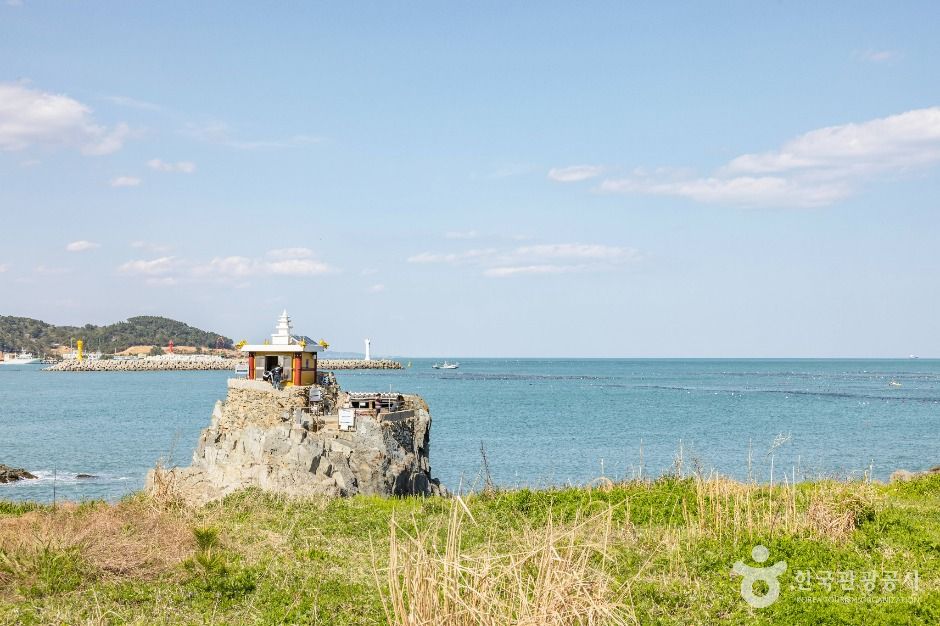
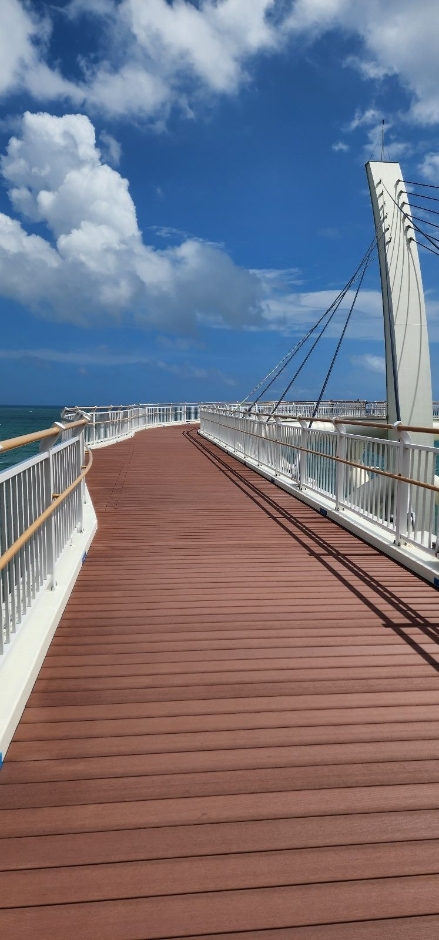
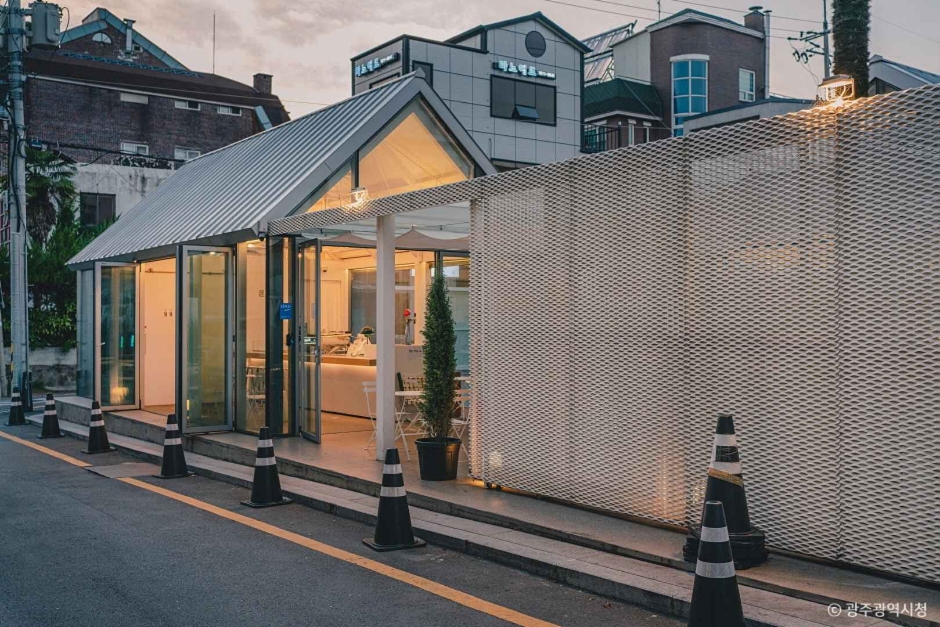

 English
English
 한국어
한국어 日本語
日本語 中文(简体)
中文(简体) Deutsch
Deutsch Français
Français Español
Español Русский
Русский